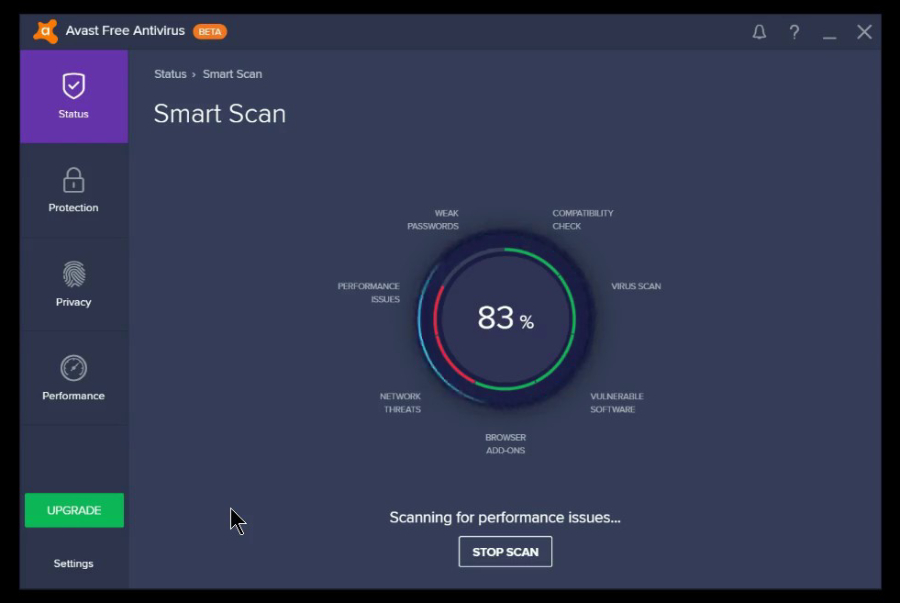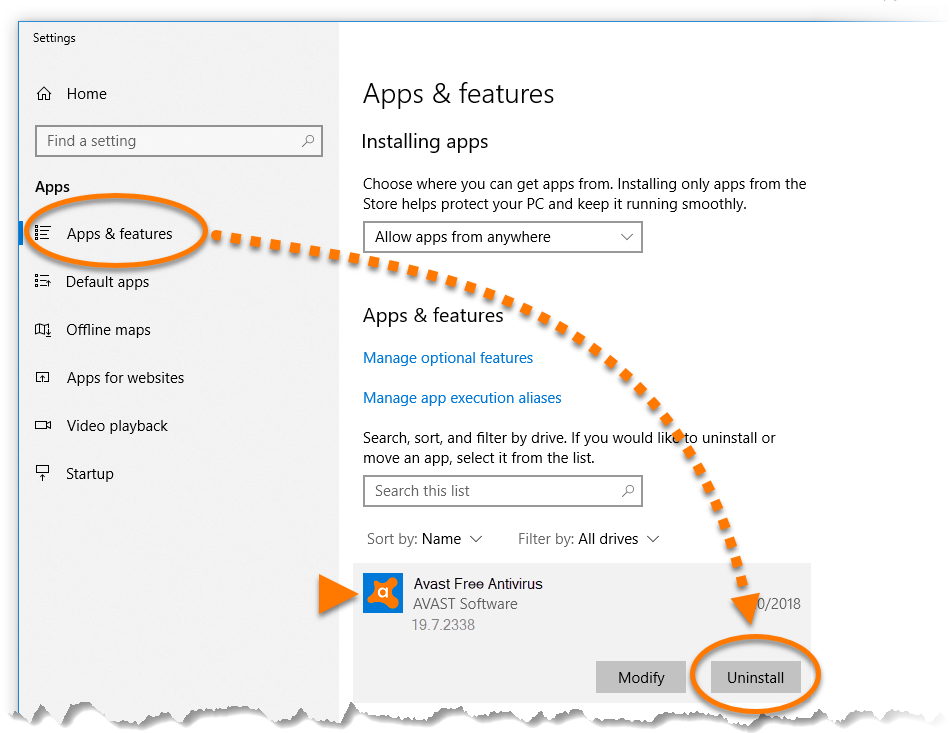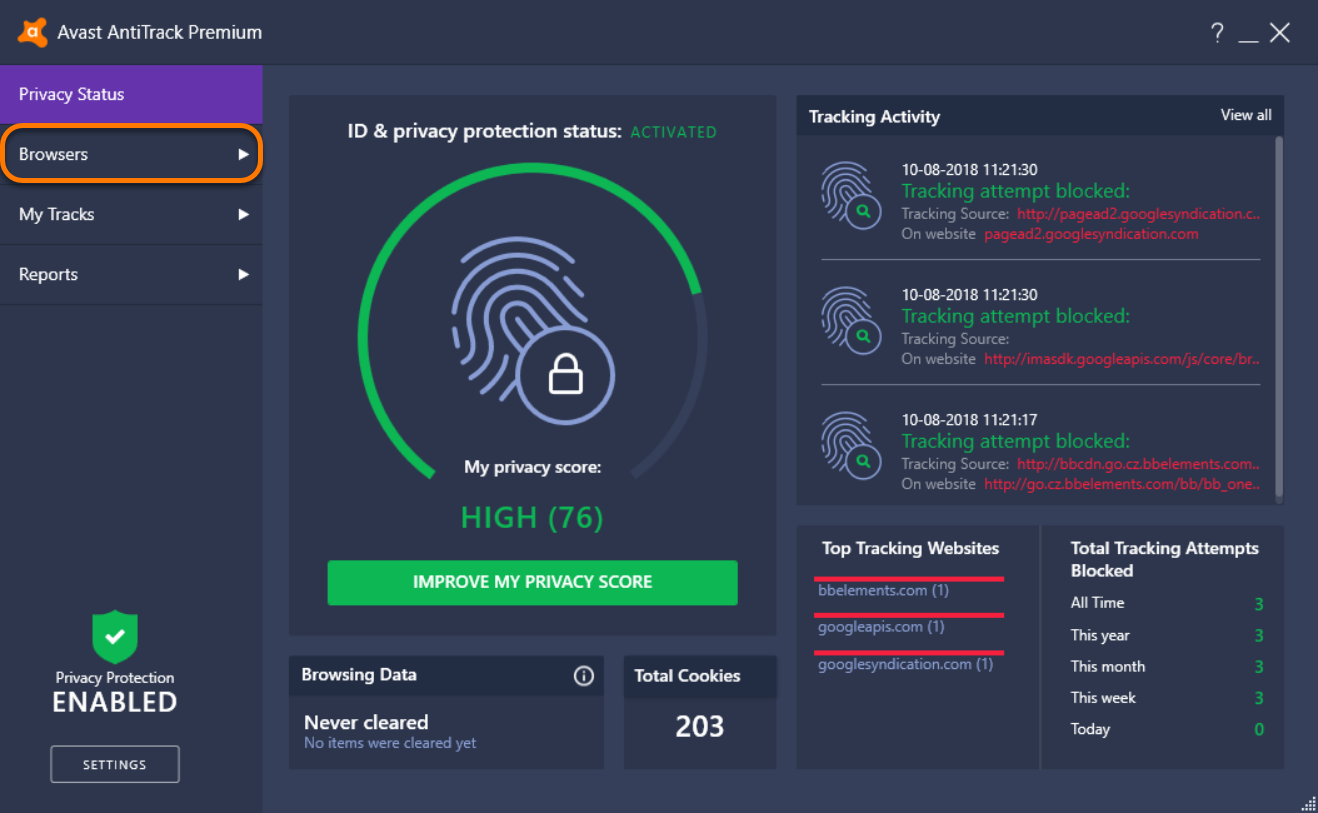

Instead, dig down into the raw data and diagnose it yourself. If this is the case, you'll need to either uninstall some programs and live without them, or close them (including any background processes they might keep running when you close the window), or upgrade your system with better components, or as a last resort, get a new system.ĭon't rely on shiny shrinkwrapped programs to tell you what's slow based on some heuristic.

If no particular process jumps out at you as consuming huge resources by itself, you might just have too many programs installed at once for the resources you have available on your system.


These are the processes that are slowing down your computer. The three tabs you'll mainly be concerned with are:īasically you want to look for processes that are consuming huge amounts of one or more of these resources. In Task Manager, click on the Performance tab, then click "Open Resource Monitor" at the bottom. To start it, first open Task Manager (Ctrl+Alt+Delete -> Task Manager). Windows' Resource Monitor tool is something that every user should be familiar with. If your computer is legitimately slow and you actually want to fix it, learn how to diagnose problems based on the actual indicators of performance issues, which you can find built into the system.


 0 kommentar(er)
0 kommentar(er)
